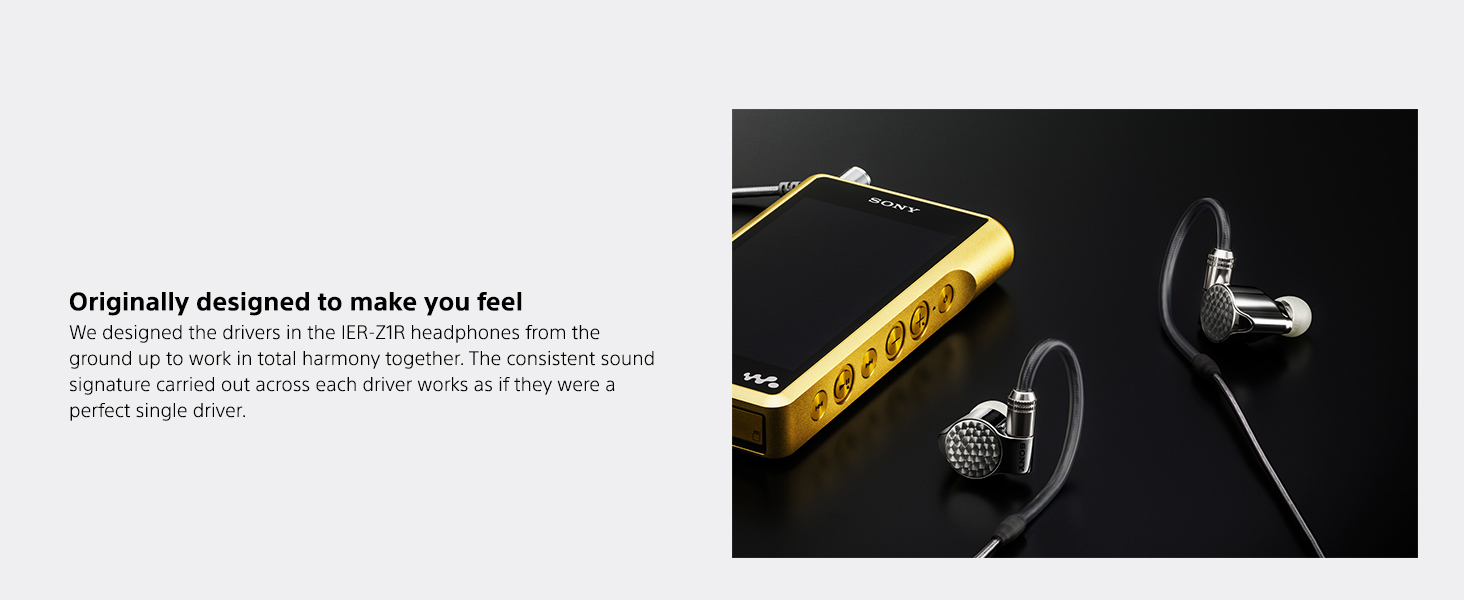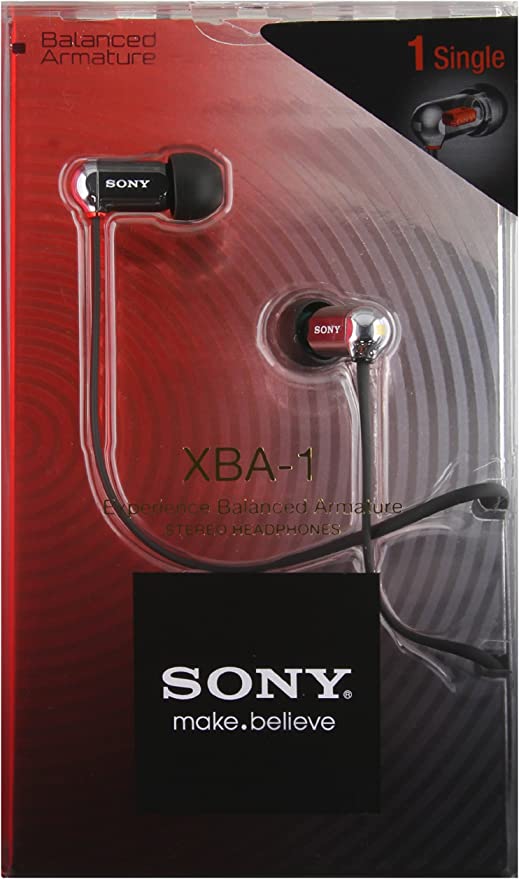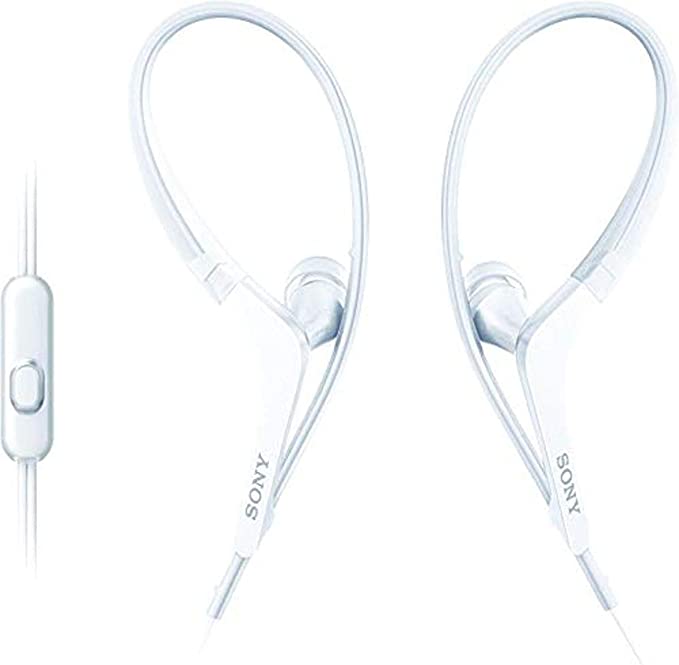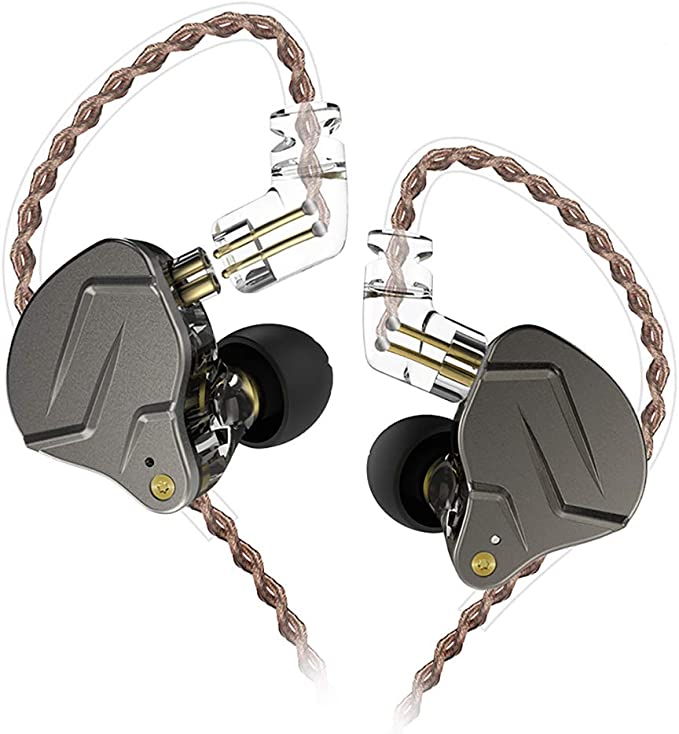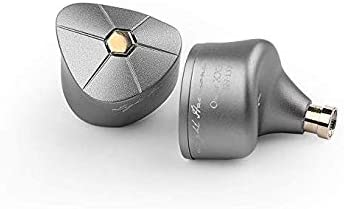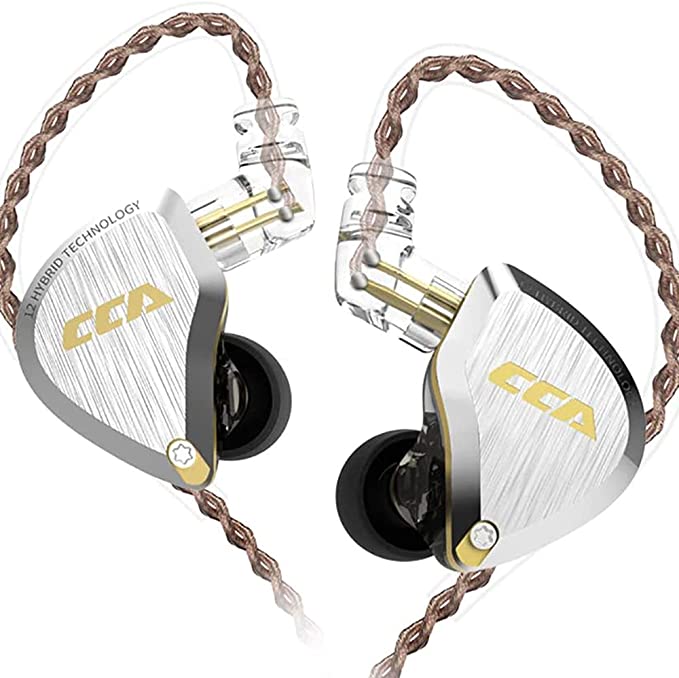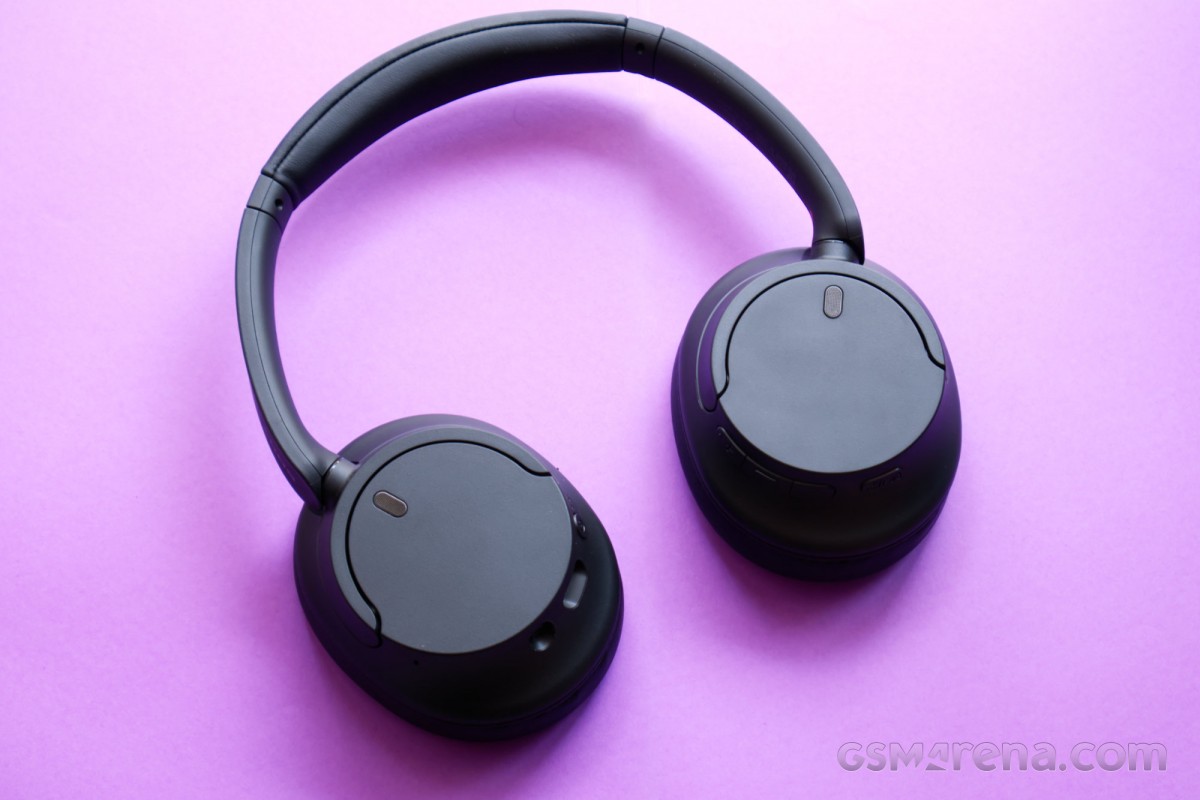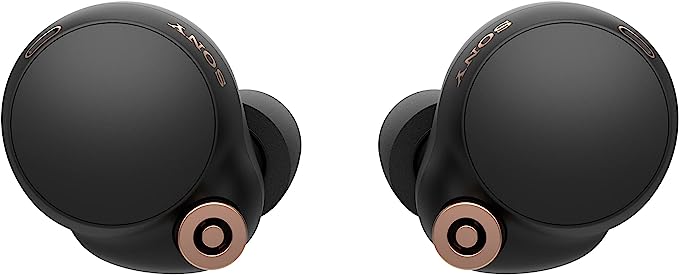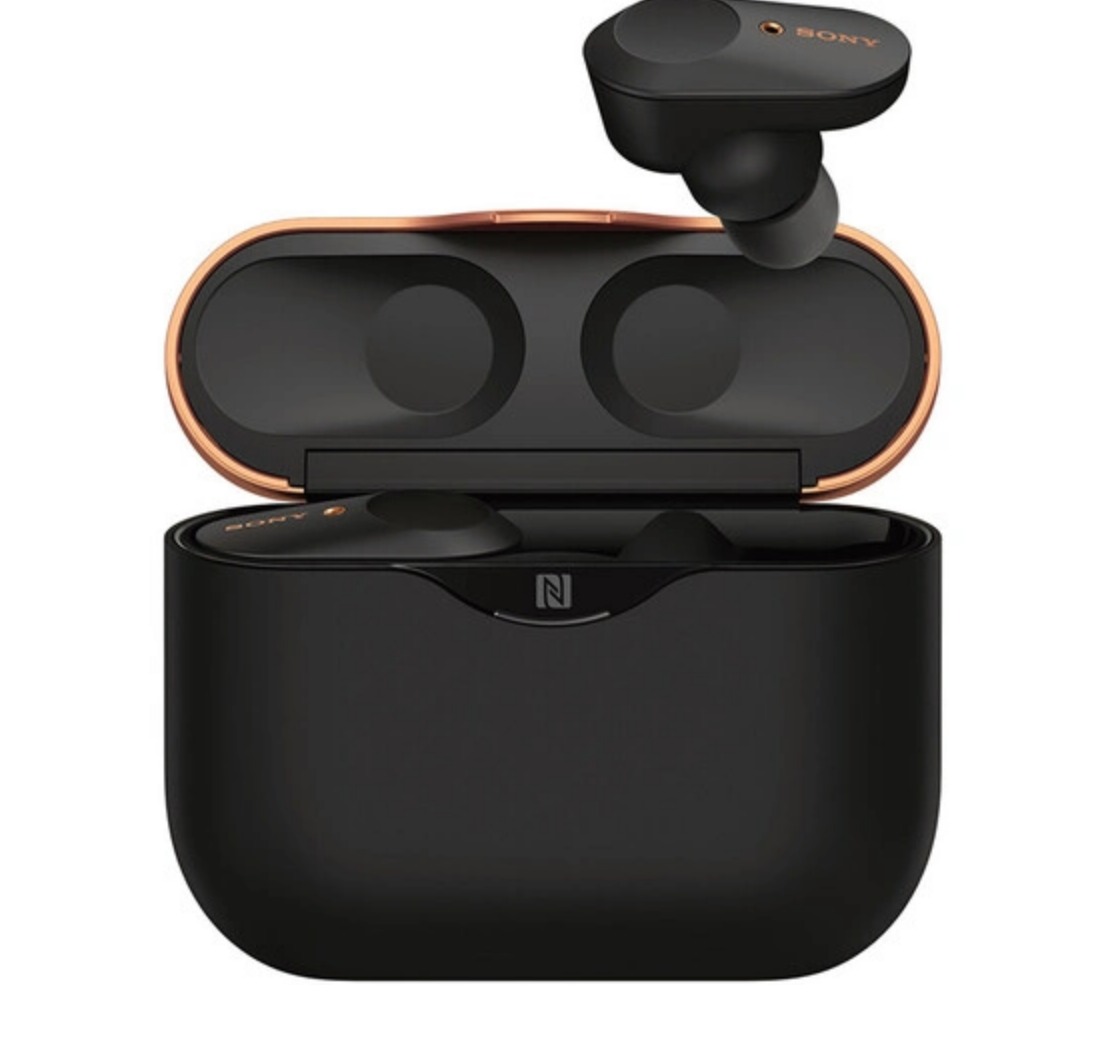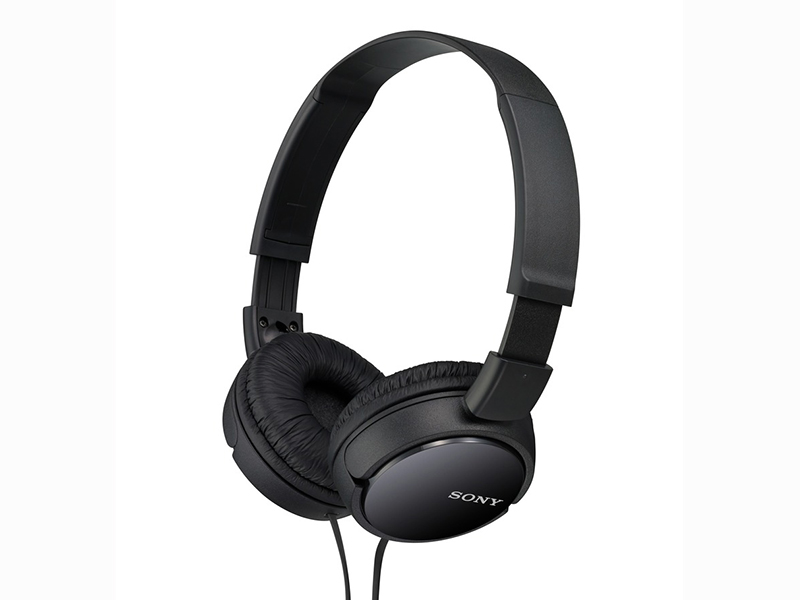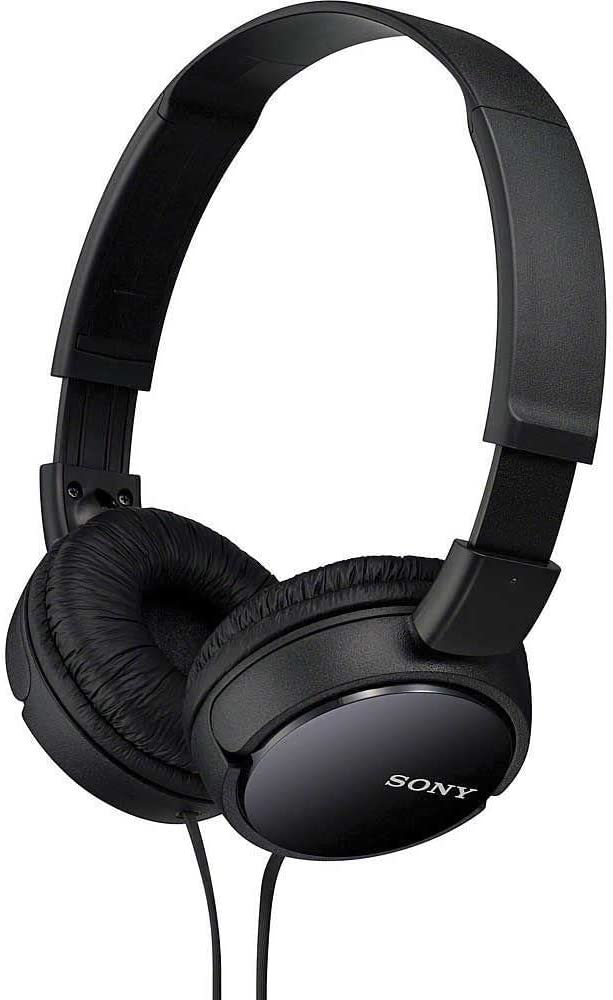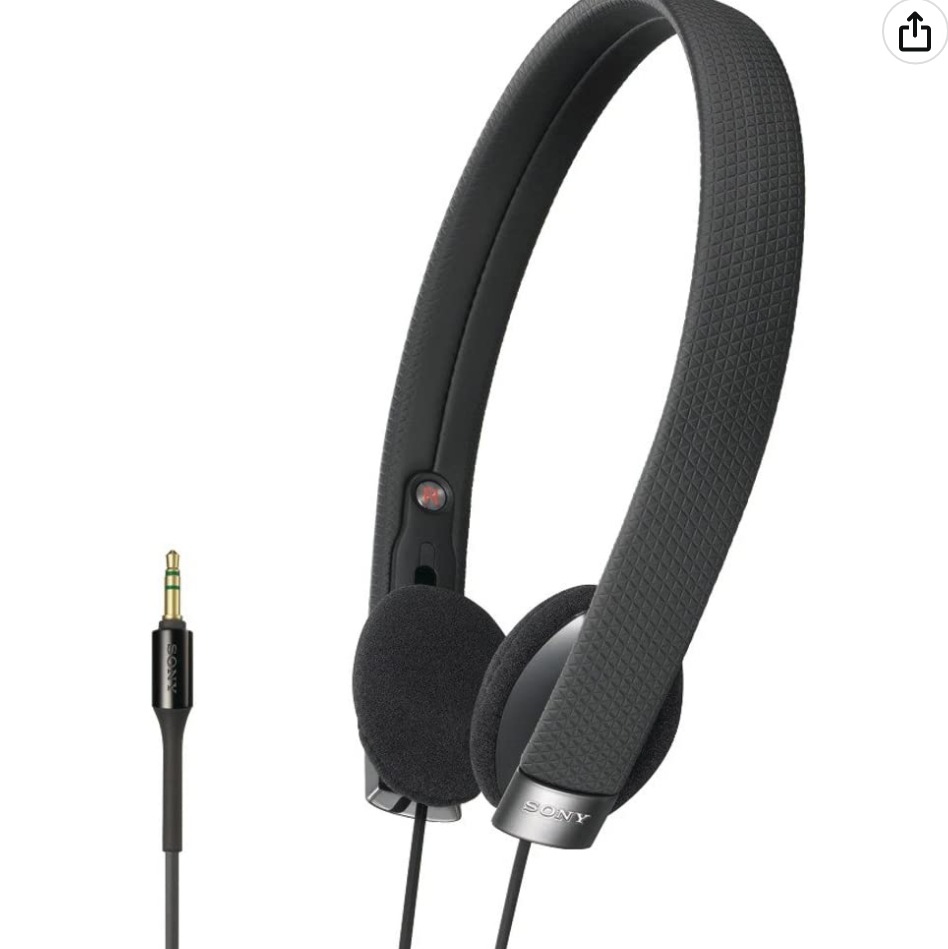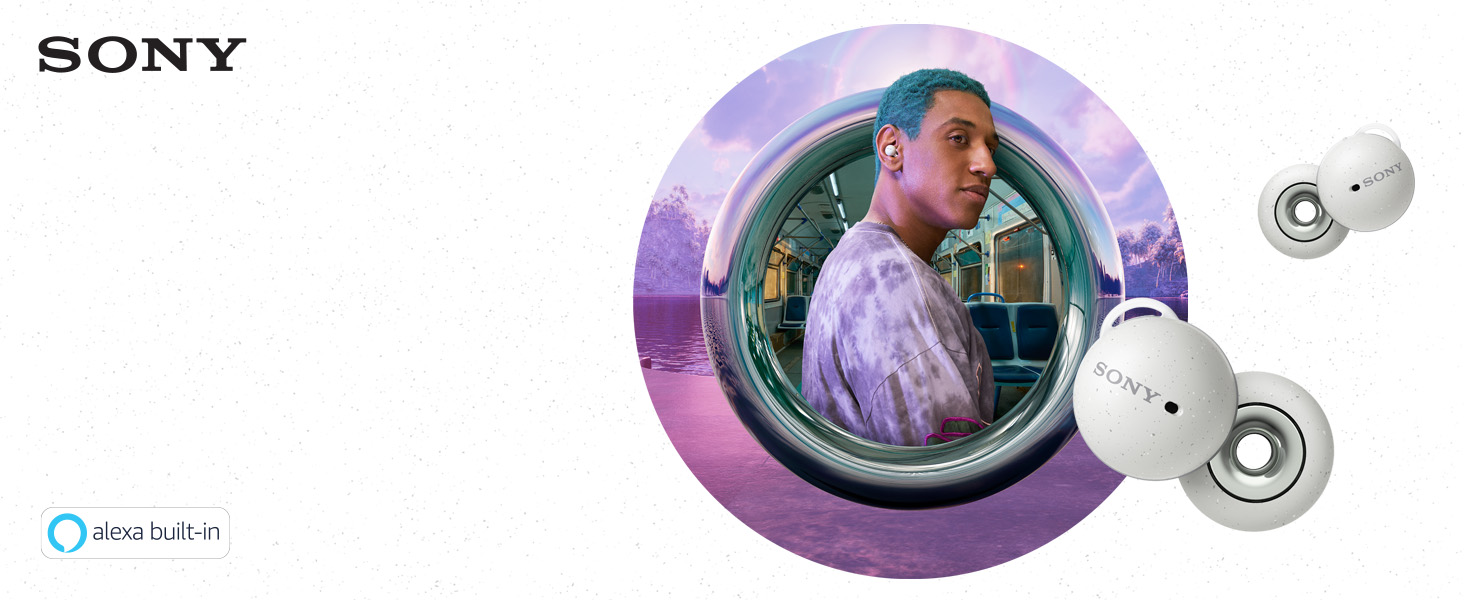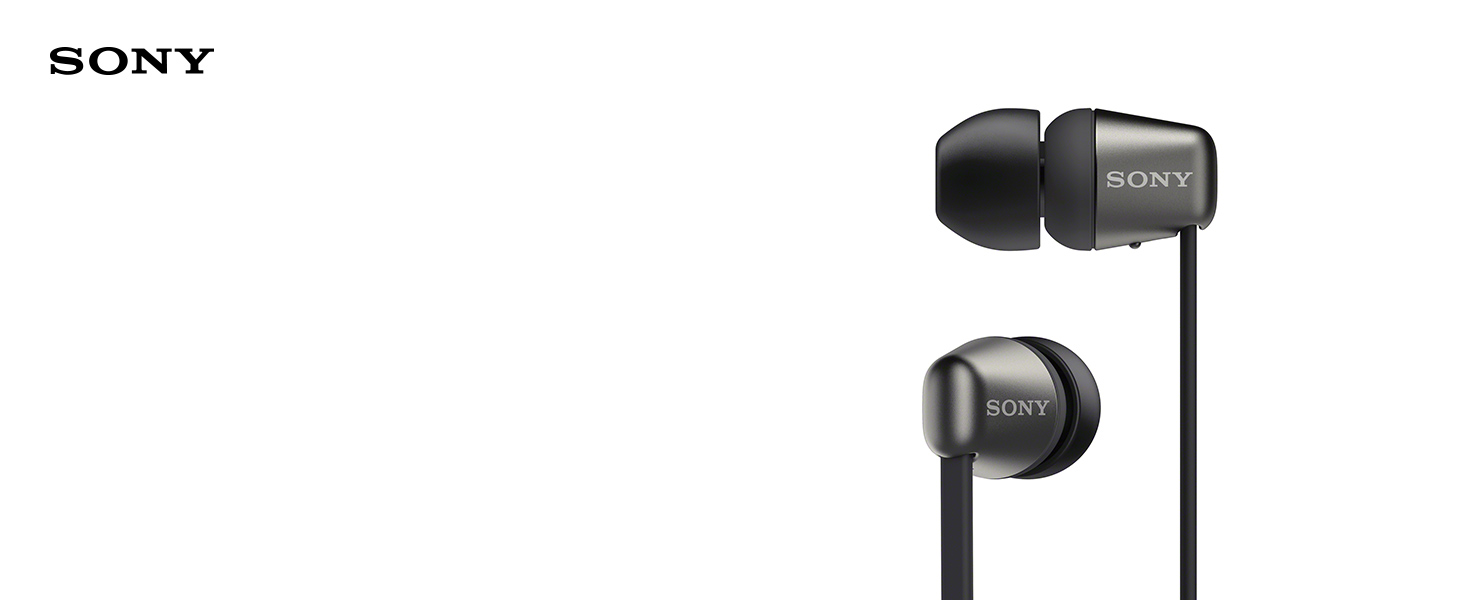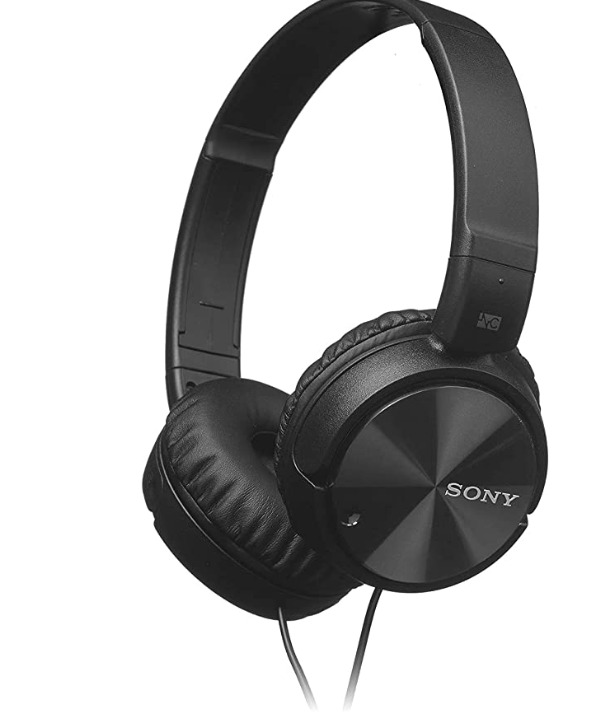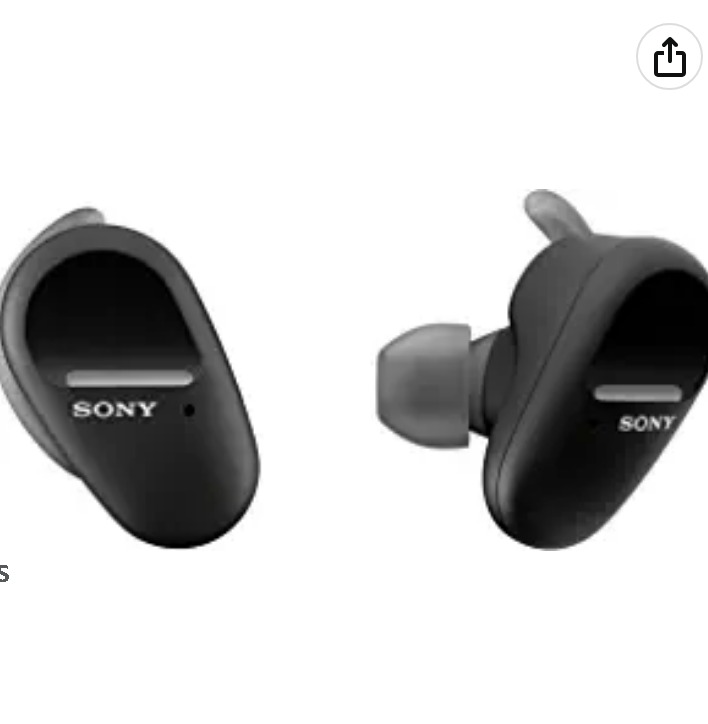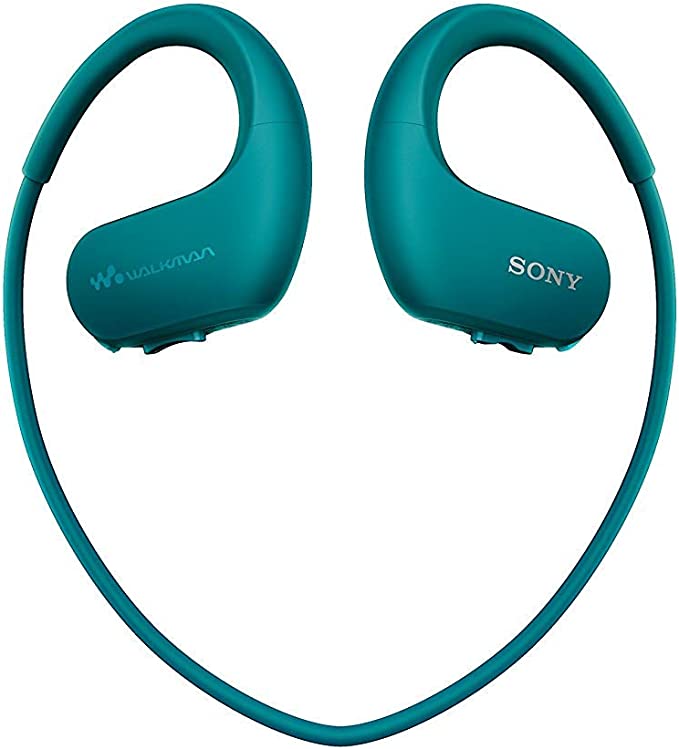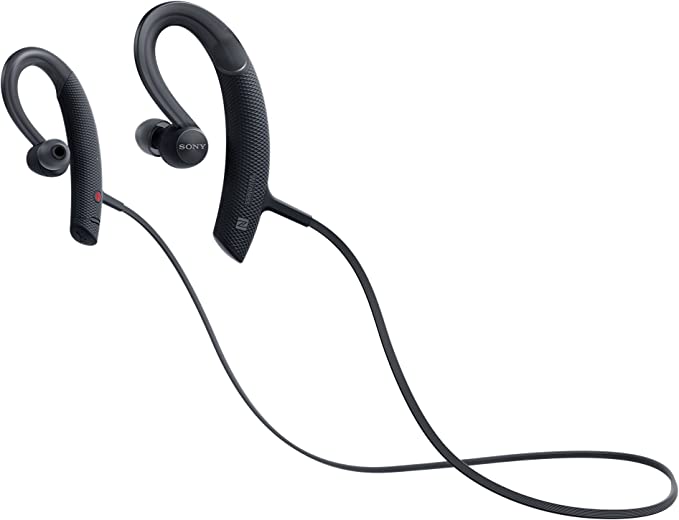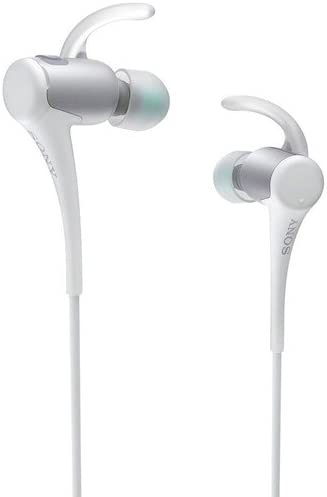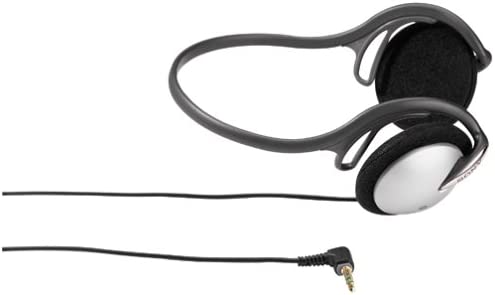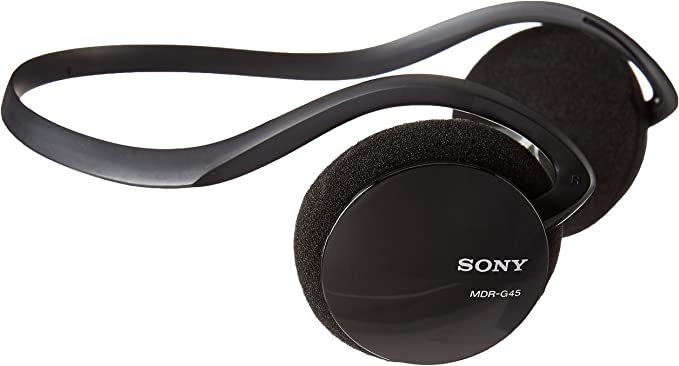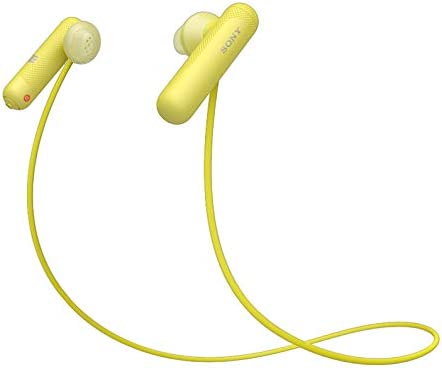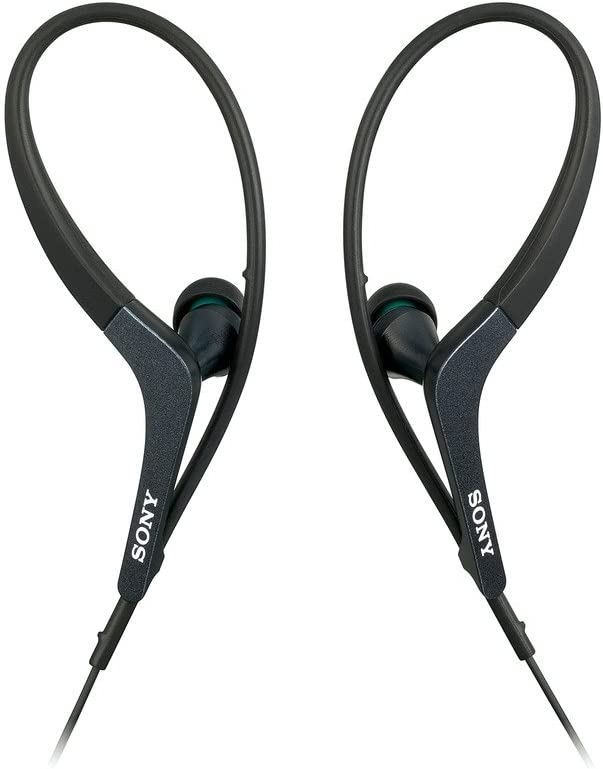Sony XBA-H1 Hybrid Headphones: Unpacking the Science of 2-Way Driver Sound
Update on April 26, 2025, 4:32 a.m.
We live immersed in a world of sound – the delicate shimmer of a cymbal, the resonant warmth of a cello, the intricate nuances of the human voice. For decades, engineers have pursued the ambitious goal of capturing and faithfully reproducing this rich tapestry within the incredibly small space of an in-ear headphone. It’s a miniature miracle of physics and engineering. How can such tiny devices possibly recreate the power of a bass drum and the subtle airiness of a flute? The answer lies in the heart of the earbud: the driver, the minuscule engine that transforms electrical signals back into the pressure waves we perceive as sound.
Today, let’s delve into a fascinating approach to this challenge: the hybrid driver system, using the Sony XBA-H1 Hybrid 2-Way Driver In-Ear Headphones (a product first hitting the scene around 2013) as our case study. By dissecting its design, guided by the manufacturer’s own descriptions and grounded in fundamental acoustic science, we can gain a deeper appreciation for the intricate engineering that powers our personal soundscapes.

The Heartbeat: Powering Sound with the Dynamic Driver
Imagine a traditional loudspeaker, dramatically scaled down. This gives you a good mental picture of the most common type of headphone driver: the dynamic driver. Its operation relies on a fundamental principle of electromagnetism. An electrical audio signal flows through a voice coil attached to a cone- or dome-shaped diaphragm (a thin, flexible membrane). This coil sits within a magnetic field. As the electrical current fluctuates, it creates a changing magnetic force, causing the coil and the attached diaphragm to rapidly move back and forth. This movement pushes and pulls the air in front of it, generating the pressure waves that travel to our eardrums.
Dynamic drivers are the workhorses of the audio world. As Sony’s own product description for the XBA-H1 notes, they have long been relied upon for delivering “reliable sound with rich bass all at low distortion levels.” Their relatively larger diaphragm surface area allows them to move significant amounts of air, which is crucial for reproducing low-frequency sounds with impact and authority. Think of them as the cello or double bass section of our miniature orchestra – providing the powerful, resonant foundation of the music. The Sony XBA-H1 incorporates a 9mm dynamic driver specifically tasked, according to Sony, with delivering a “rich, full frequency response,” particularly anchoring the low end.
However, like any specialized instrument, dynamic drivers have inherent trade-offs. While excellent at creating powerful bass, the very mass and size that enable this can sometimes limit their agility and precision when reproducing very fast, complex high-frequency details. The diaphragm needs to start and stop moving incredibly quickly to render treble accurately, and larger diaphragms can sometimes struggle with this compared to other technologies.

The Detail Maestro: Precision with the Balanced Armature
Enter the Balanced Armature (BA) driver, a marvel of miniaturization often favored in professional in-ear monitors and hearing aids. BA drivers work quite differently from their dynamic cousins. Instead of a voice coil directly moving the diaphragm, the audio signal energizes a tiny metal reed (the armature) that is precisely balanced between two magnets. As the signal flows, the armature vibrates rapidly. This minuscule movement is then transferred, typically via a connecting rod, to a very small, stiff diaphragm, which in turn creates sound waves.
The key advantages of the BA design lie in its precision and efficiency. Because the moving parts are incredibly small and light, BA drivers can respond to electrical signals with exceptional speed and accuracy. This translates, as Sony highlights in the XBA-H1’s description, to potentially “smooth and broad frequency response with notable vocal clarity.” They excel at resolving fine details, particularly in the complex midrange and high frequencies where harmonics and transients define the character of instruments and voices. Imagine the violin soloist or the nimble flute in our orchestra – that’s the kind of detail and agility BA drivers are known for. The XBA-H1 employs a “full-range” BA driver, suggesting it’s designed to cover a significant portion of the frequency spectrum alongside its dynamic partner.
The trade-off? While superb at detail retrieval, a single, tiny BA driver typically moves much less air than a dynamic driver. This can make it inherently more challenging for a lone BA to produce deep, powerful bass with the same physical impact. Historically, achieving full-range, high-fidelity sound often required using multiple BA drivers, each tuned to a specific frequency band – a complex and often costly solution.
A Sonic Alliance: The Why and How of Hybrid Design
This brings us to the core innovation embodied by headphones like the Sony XBA-H1: the hybrid approach. If dynamic drivers excel at bass and BA drivers shine in detail and clarity, why not combine them? The engineering ambition is elegantly simple: leverage the inherent strengths of each technology to cover the entire audible spectrum more effectively, aiming, as Sony puts it, for the “best of both worlds.”
In the XBA-H1’s “Hybrid 2-Way” system, Sony pairs the 9mm dynamic driver with the full-range Balanced Armature. The underlying concept is an acoustic division of labor. The dynamic driver is primarily responsible for the heavy lifting in the low frequencies (that specified 5 Hz low-end hints at this ambition), providing the richness and impact. The BA driver, meanwhile, takes over duty for the midrange and treble, focusing on delivering the clarity, detail, and vocal presence it’s known for. Sony’s stated objective for this pairing was to achieve “profound vocal sound with extended bass,” culminating in an overall “rich, dynamic, and detailed audio response” across the headphone’s claimed 5 Hz to 25,000 Hz frequency range.
Of course, marrying two fundamentally different driver technologies within a tiny acoustic space is a significant engineering feat. Achieving a seamless transition, or crossover, between the drivers – ensuring they blend their outputs smoothly without noticeable gaps or peaks in the frequency response – is critical. It requires careful acoustic design and potentially electronic filtering to ensure the two distinct “voices” sing in harmony rather than dissonance. While the source material doesn’t detail the specific crossover implementation in the XBA-H1, the hybrid concept itself represents a clever strategy to overcome the inherent limitations of using only one driver type.
Crafting the Acoustic Chamber: Housing, Materials, and Resonance
The drivers, however crucial, don’t operate in a vacuum. The physical enclosure, the earbud housing itself, acts as a miniature acoustic chamber, profoundly influencing the final sound. Just like the body of a violin or the cabinet of a loudspeaker, the earbud housing can resonate, vibrate, and reflect sound waves in ways that either enhance or detract from clarity.
Sony explicitly addressed this in the XBA-H1 with what they termed a “Vibration Suppression Housing.” According to their description, this features a layered construction: a magnesium inner housing coupled with an ABS (Acrylonitrile Butadiene Styrene, a common, durable thermoplastic) exterior. The science here involves material properties and mechanical engineering. Magnesium is known for its high stiffness-to-weight ratio, providing rigidity which, Sony claims, contributes to a “smooth frequency response.” The combination with ABS likely aims to provide damping – the suppression of unwanted vibrations. By minimizing spurious resonances within the housing, the goal is to allow the drivers’ output to be heard more clearly, particularly benefiting “clear mid-high range sound reproduction” which can be easily muddied by unwanted vibrations.
Even the cable design reflects practical considerations. The XBA-H1 features a flat cable with a serrated finish. While seemingly a minor detail, this design choice, as Sony notes, aims to reduce tangling – a common frustration with conventional round cables, addressing a simple yet significant usability factor.
The Final Frontier: Fit, Seal, and the Physics of Perception
We’ve journeyed deep inside the earbud, but the final, critical link in the chain is the interface between the headphone and your ear. No matter how sophisticated the drivers or housing, the quality of the acoustic seal achieved by the ear tip is paramount. Basic physics dictates that low-frequency sound waves require a sealed chamber to build pressure effectively. If the ear tip doesn’t fully seal your ear canal, bass frequencies will leak out, resulting in a sound often described as thin, weak, or lacking foundation. Furthermore, a good seal provides passive noise isolation, physically blocking external sounds from interfering with your listening experience.
Recognizing this, Sony supplied the XBA-H1 with multiple ear tip options. The “Hybrid Silicone earbuds” (in three sizes) aimed to provide a “precise fit” for comfort and optimal sound delivery. Additionally, “Noise isolation earbuds” (in four sizes), described as using urethane foam, were included specifically to provide “increased ambient noise attenuation.” Foam tips work by conforming closely to the unique shape of the ear canal, creating a tighter seal that is generally very effective at blocking outside noise and maximizing perceived bass response. Finding the right size and type of tip for your individual ear anatomy isn’t just about comfort; it’s a fundamental step in unlocking the headphone’s intended acoustic performance.

Listening with Context: A 2013 Snapshot and the Subjectivity of Sound
It’s important to place the Sony XBA-H1 within its historical context. Released around 2013, it represents an example of hybrid driver technology during its earlier phases of adoption in the consumer market. Audio technology continuously evolves, and designs and implementations have certainly advanced since then.
Furthermore, while we can analyze the engineering principles and Sony’s stated design goals based on the provided information, the actual listening experience is inherently subjective. Factors like the quality of the audio source, the amplification provided by the playback device (specifications like the XBA-H1’s 40-ohm impedance and 105 dB/mW sensitivity offer clues about how easy they are to drive), and, most importantly, individual hearing and preferences all play a significant role. The user comments mentioned in the source material reflect this subjectivity, with varying opinions on aspects like bass impact, treble smoothness, and overall sound signature – a common phenomenon in the world of audio perception.
The Engineered Earful: Appreciating the Science Within
Dissecting a headphone like the Sony XBA-H1 reveals a microcosm of complex acoustic and mechanical engineering. It’s a story of harnessing fundamental physics – electromagnetism, air pressure, material science, resonance, and damping – all in service of recreating sound. The hybrid driver approach represents a specific strategy, a calculated attempt to blend the distinct sonic strengths of dynamic and balanced armature technologies to achieve a result potentially greater than the sum of its parts.
By understanding the ‘how’ and ‘why’ behind the design choices – the interplay of drivers, the role of the housing, the critical nature of fit – we move beyond simply hearing music to appreciating the intricate science that makes the experience possible. Whether it’s the XBA-H1 or any other piece of audio gear, this knowledge empowers us as listeners, allowing us to better understand the engineering artistry involved in the perpetual, fascinating quest for perfect sound reproduction.
